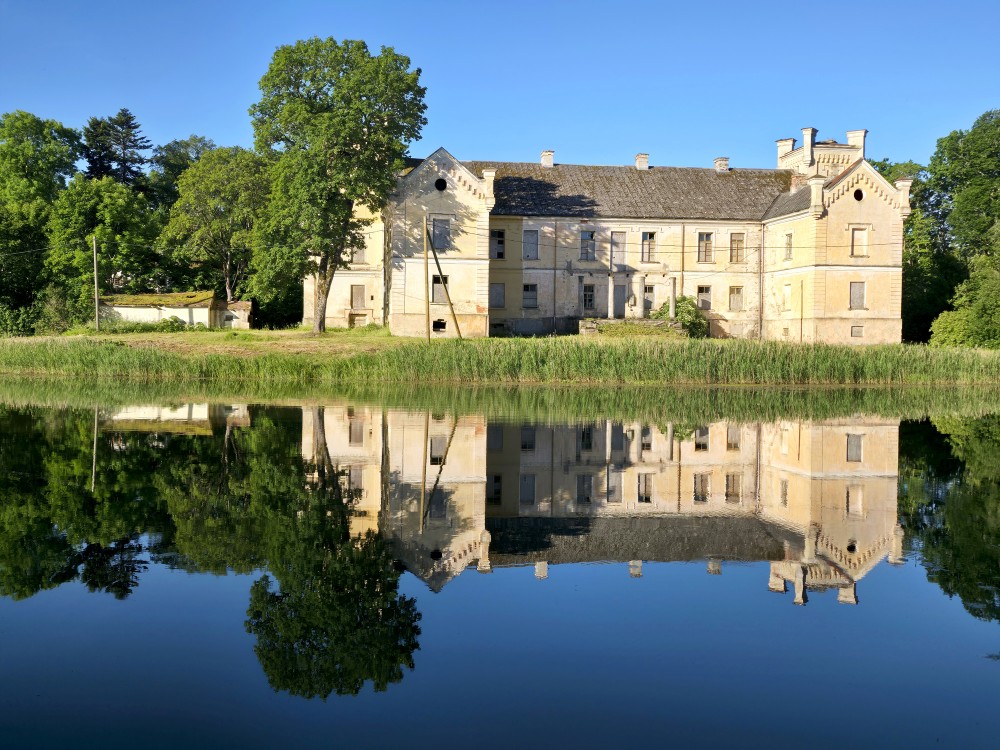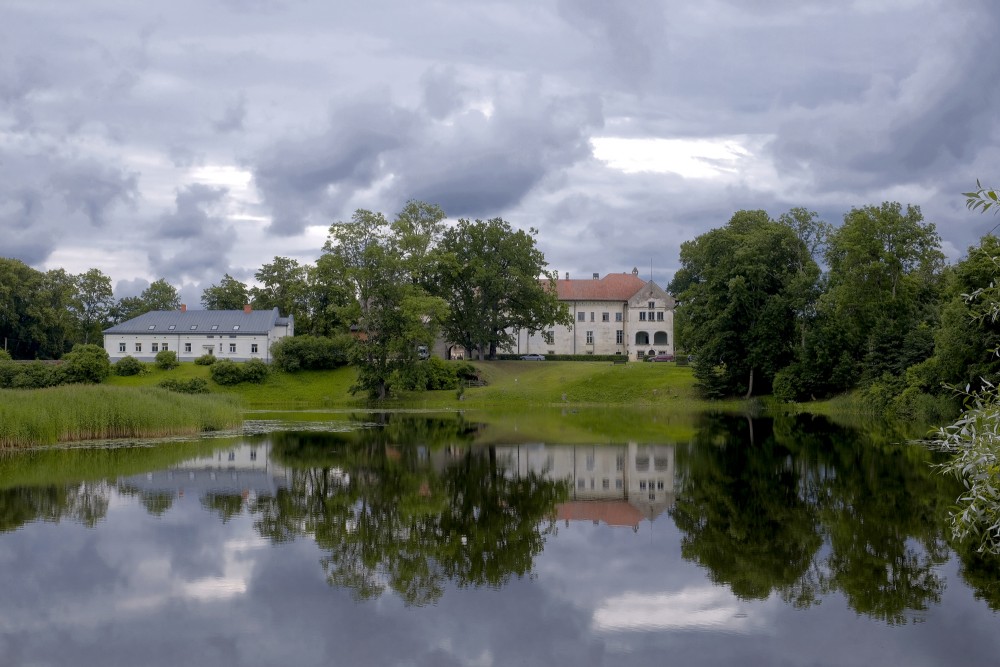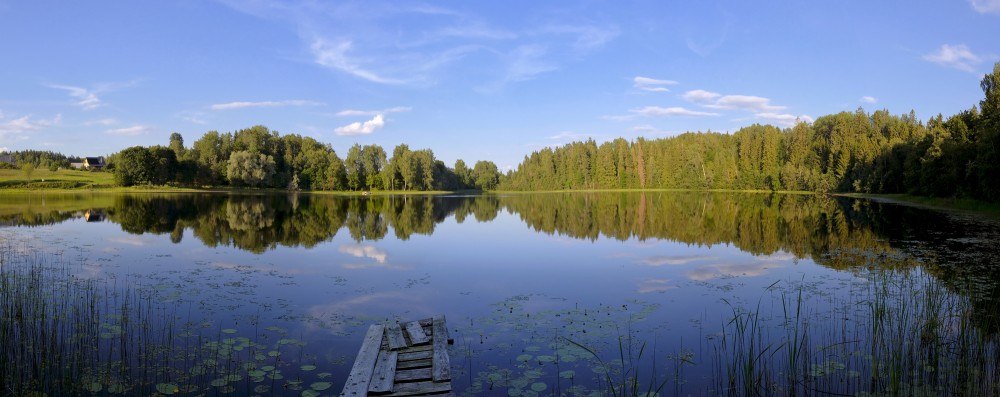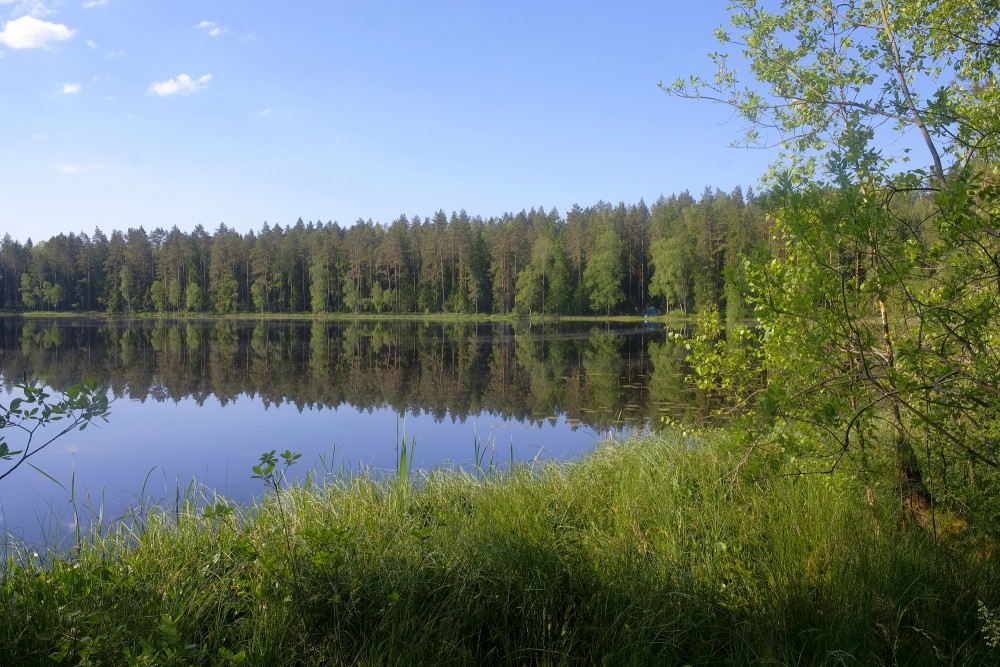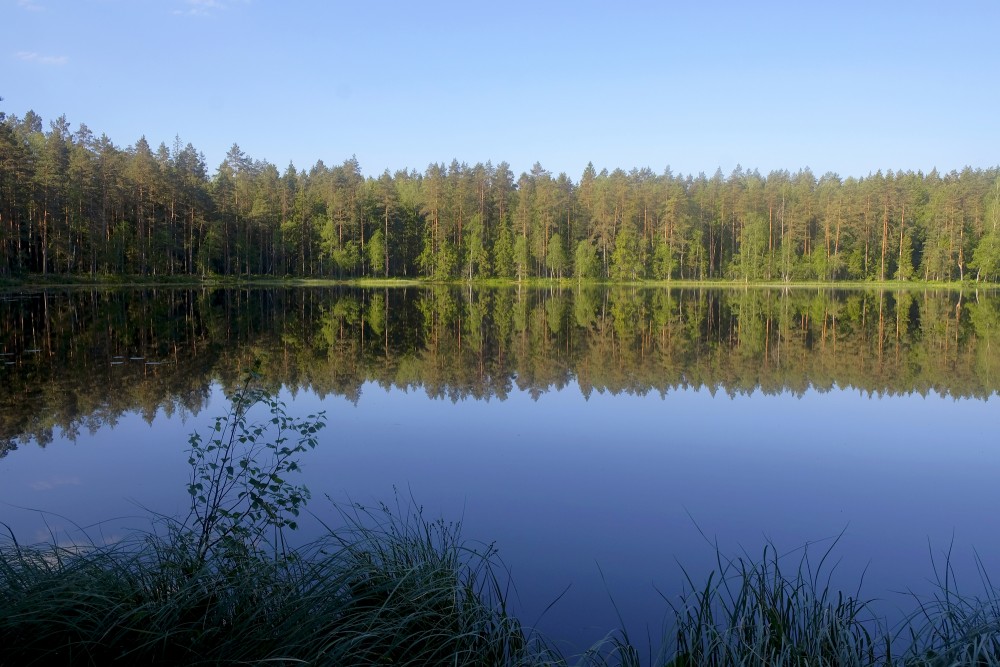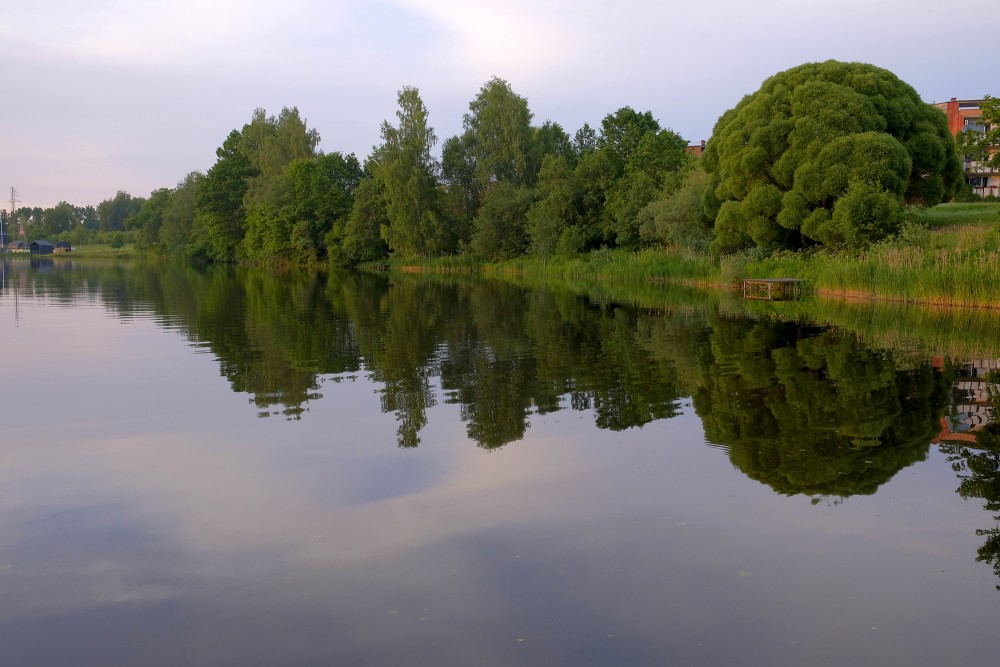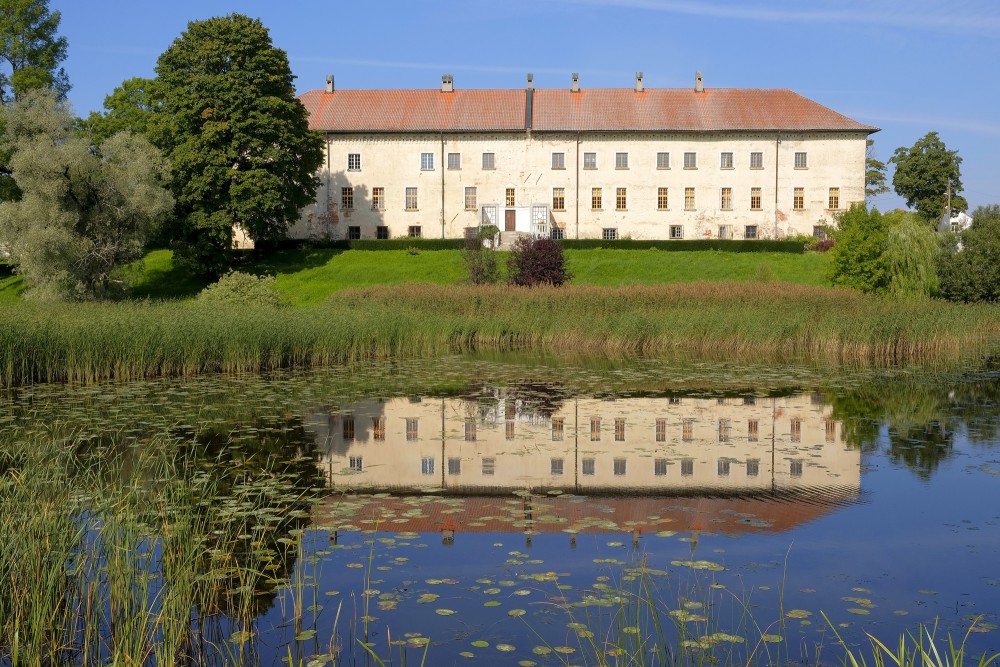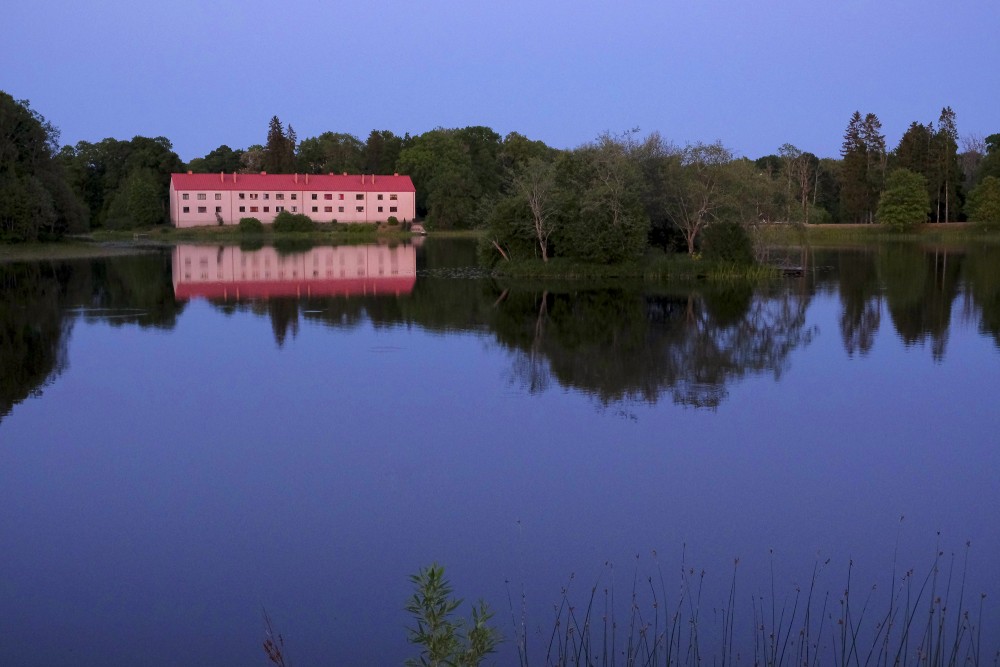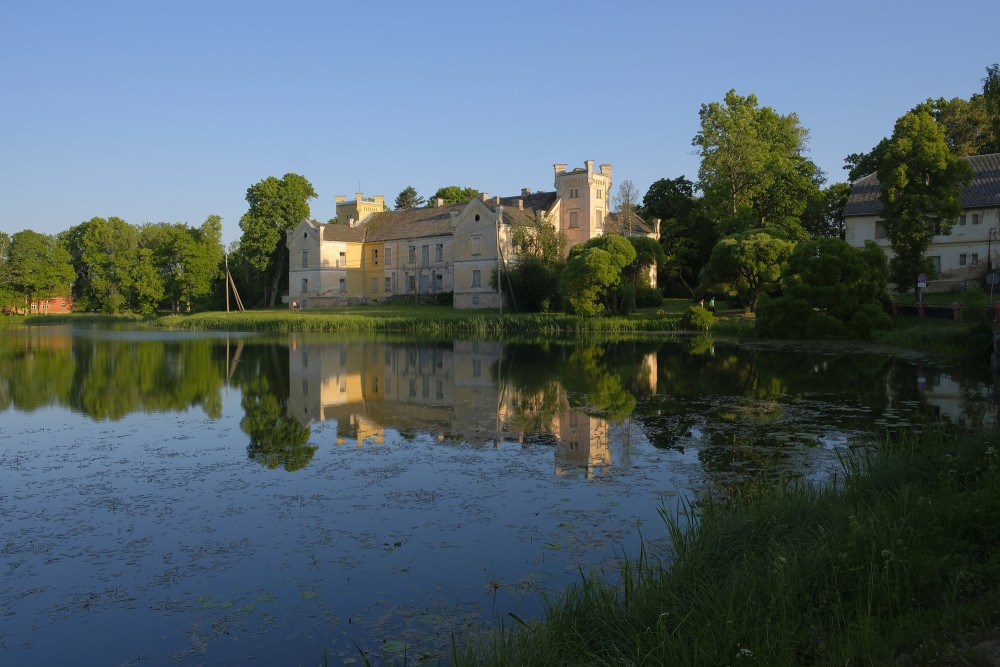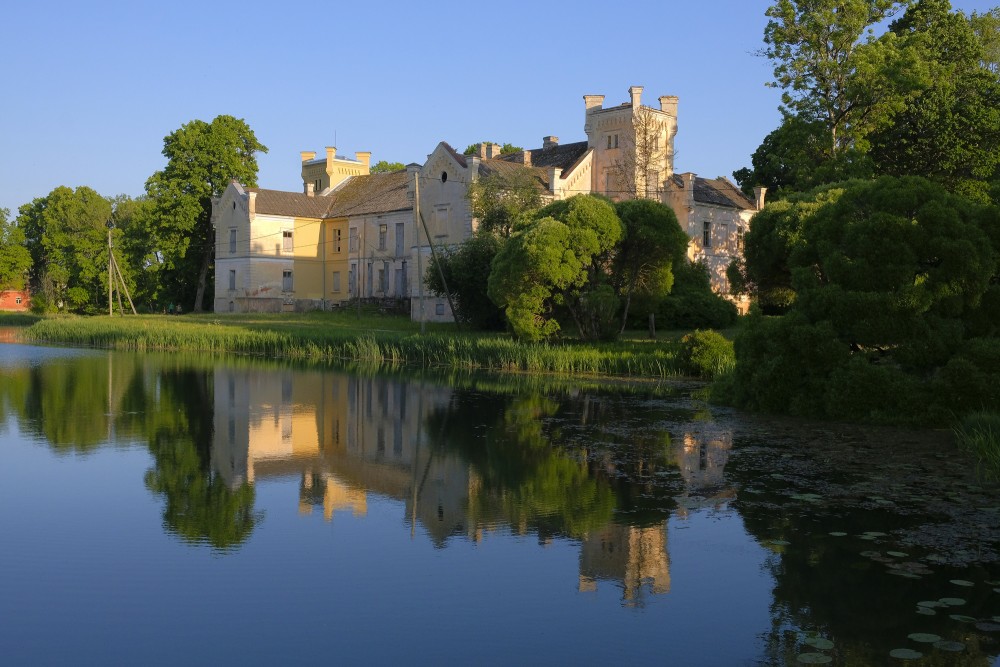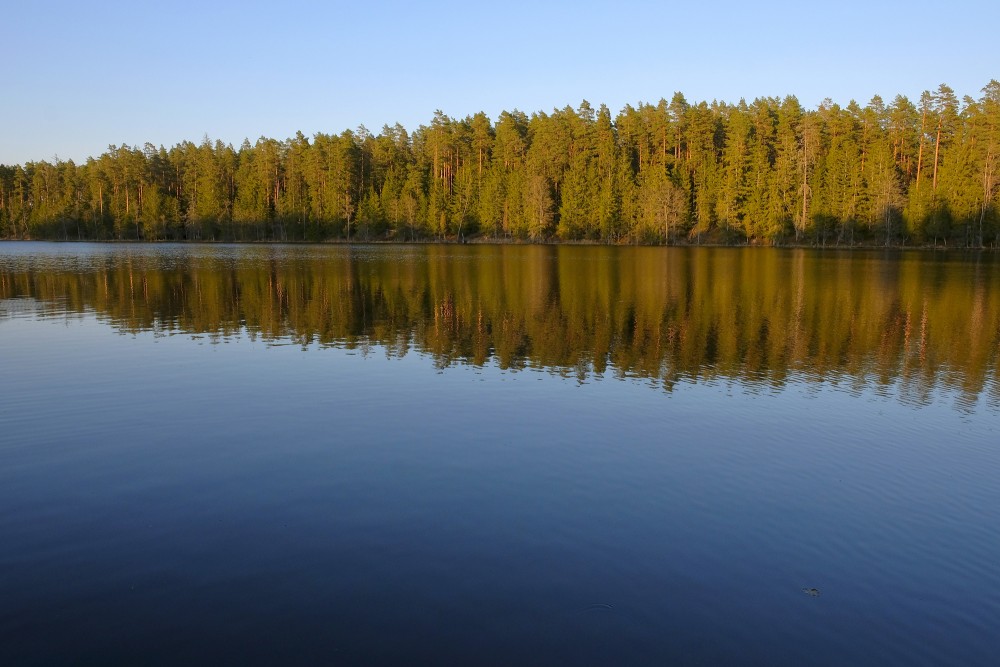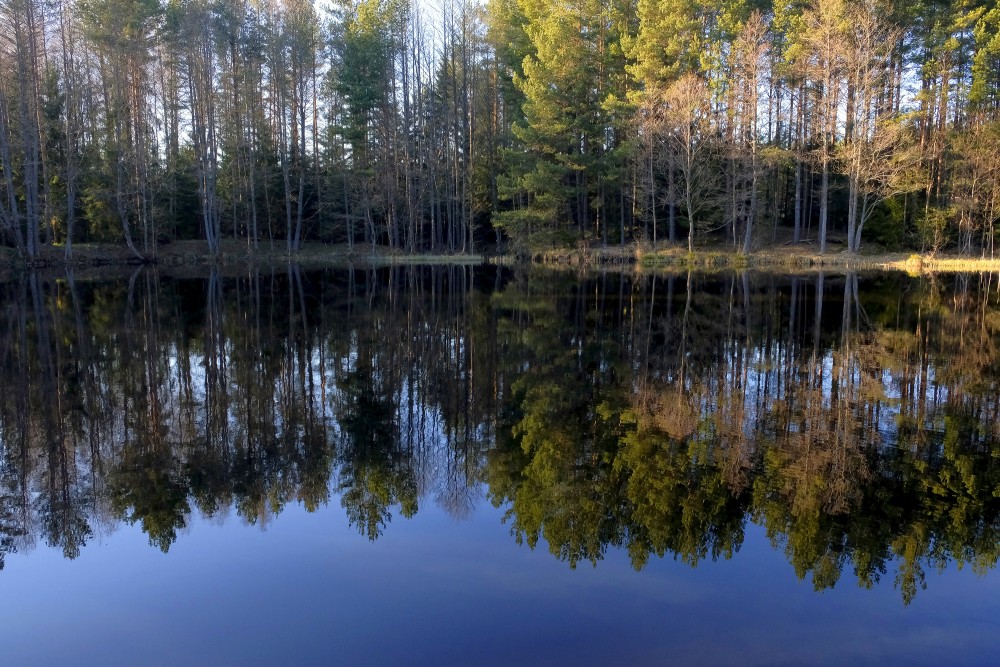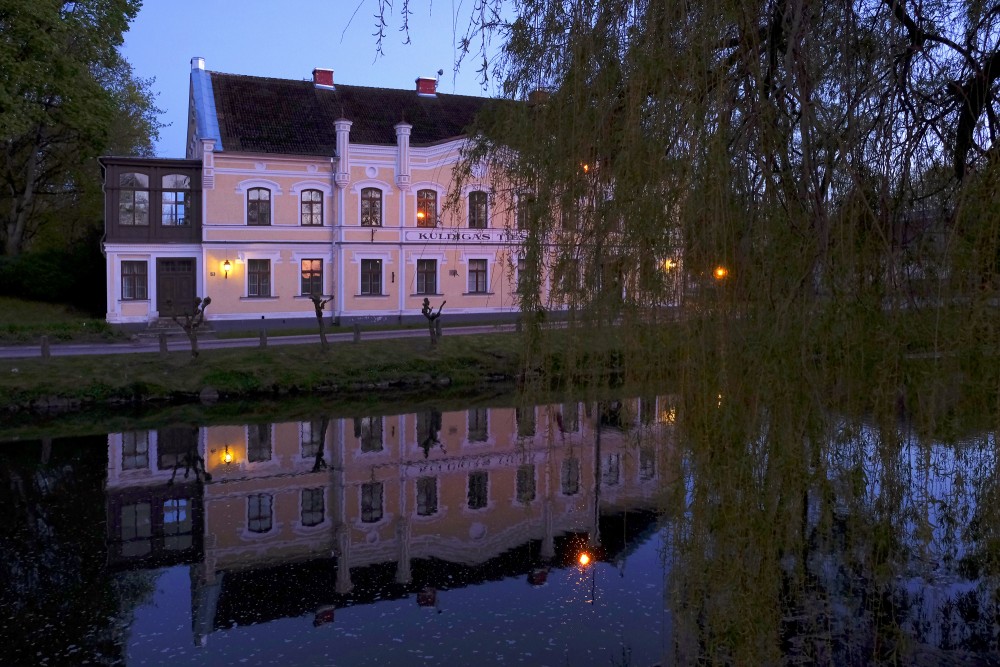Reflection in water
Specular reflection, also known as regular reflection, is the mirror-like reflection of waves, such as light, from a surface. In this process, each incident ray is reflected at the same angle to the surface normal as the incident ray, but on the opposing side of the surface normal in the plane formed by incident and reflected rays. The result is that an image reflected by the surface is reproduced in mirror-like (specular) fashion.
The law of reflection states that for each incident ray the angle of incidence equals the angle of reflection, and the incident, normal, and reflected directions are coplanar. This behavior was first described by Hero of Alexandria (AD c. 10–70). It may be contrasted with diffuse reflection, in which light is scattered away from the surface in a range of directions rather than just one.
Background
When light hits a surface, there are three possible outcomes. Light may be absorbed by the material, light may be transmitted through the surface, or light may be reflected. Materials often show some mix of these behaviors, with the proportion of light that goes to each depending on the properties of the material, the wavelength of the light, and the angle of incidence. For most interfaces between materials, the fraction of the light that is reflected increases with increasing angle of incidence.
Reflected light can be divided into two sub-types, specular reflection and diffuse reflection. Specular reflection reflects all light which arrives from a given direction at the same angle, whereas diffuse reflection reflects that light in a broad range of directions. An example of the distinction between specular and diffuse reflection would be glossy and matte paints. Matte paints have almost exclusively diffuse reflection, while glossy paints have both specular and diffuse reflection. A surface built from a non-absorbing powder, such as plaster, can be a nearly perfect diffuser, whereas polished metallic objects can specularly reflect light very efficiently. The reflecting material of mirrors is usually aluminum or silver.
en.wikipedia.org






